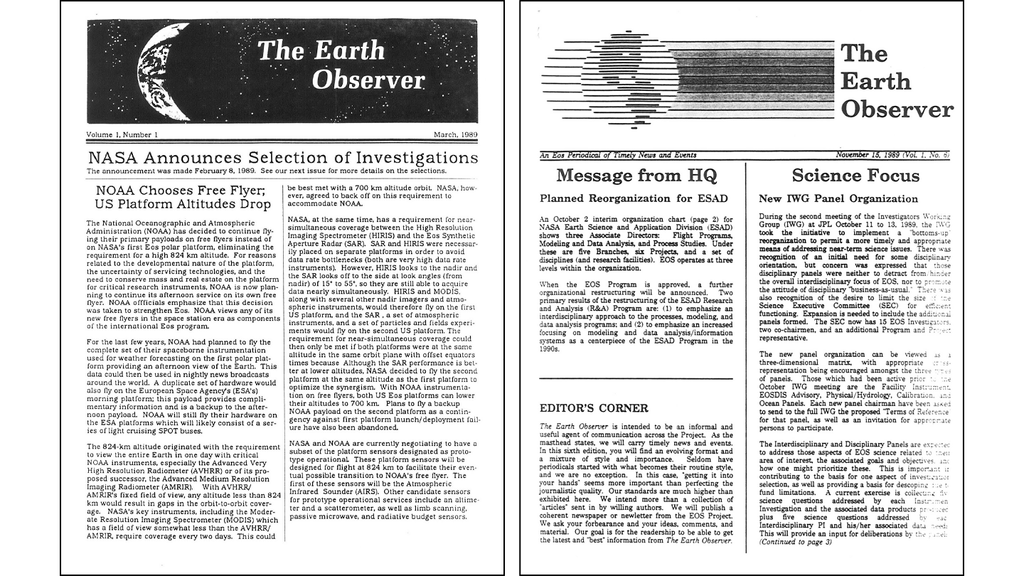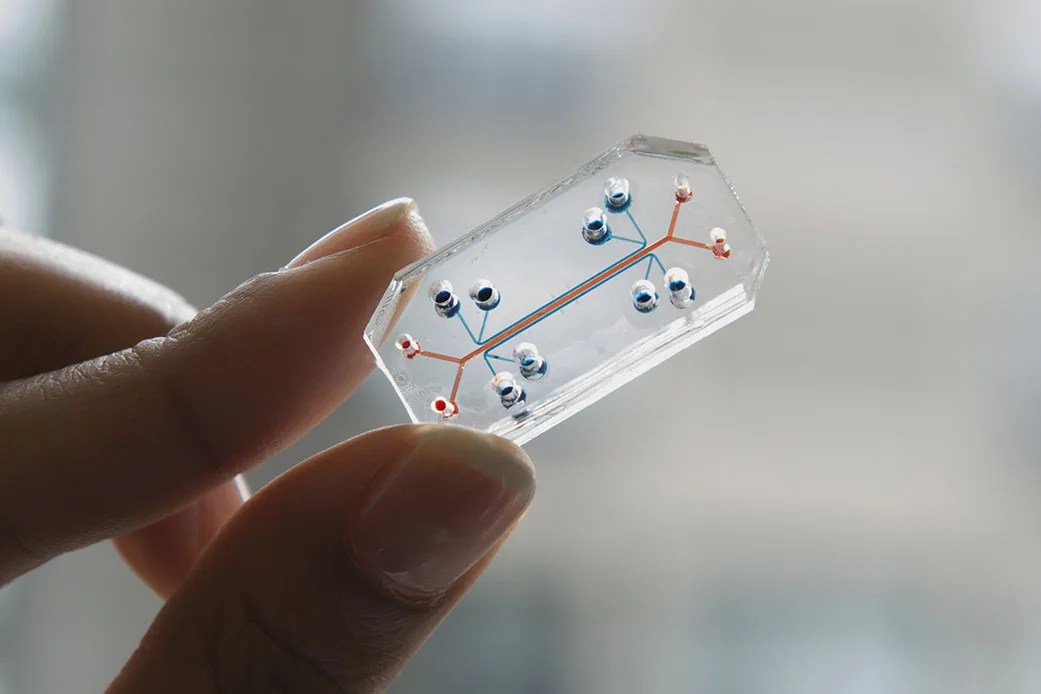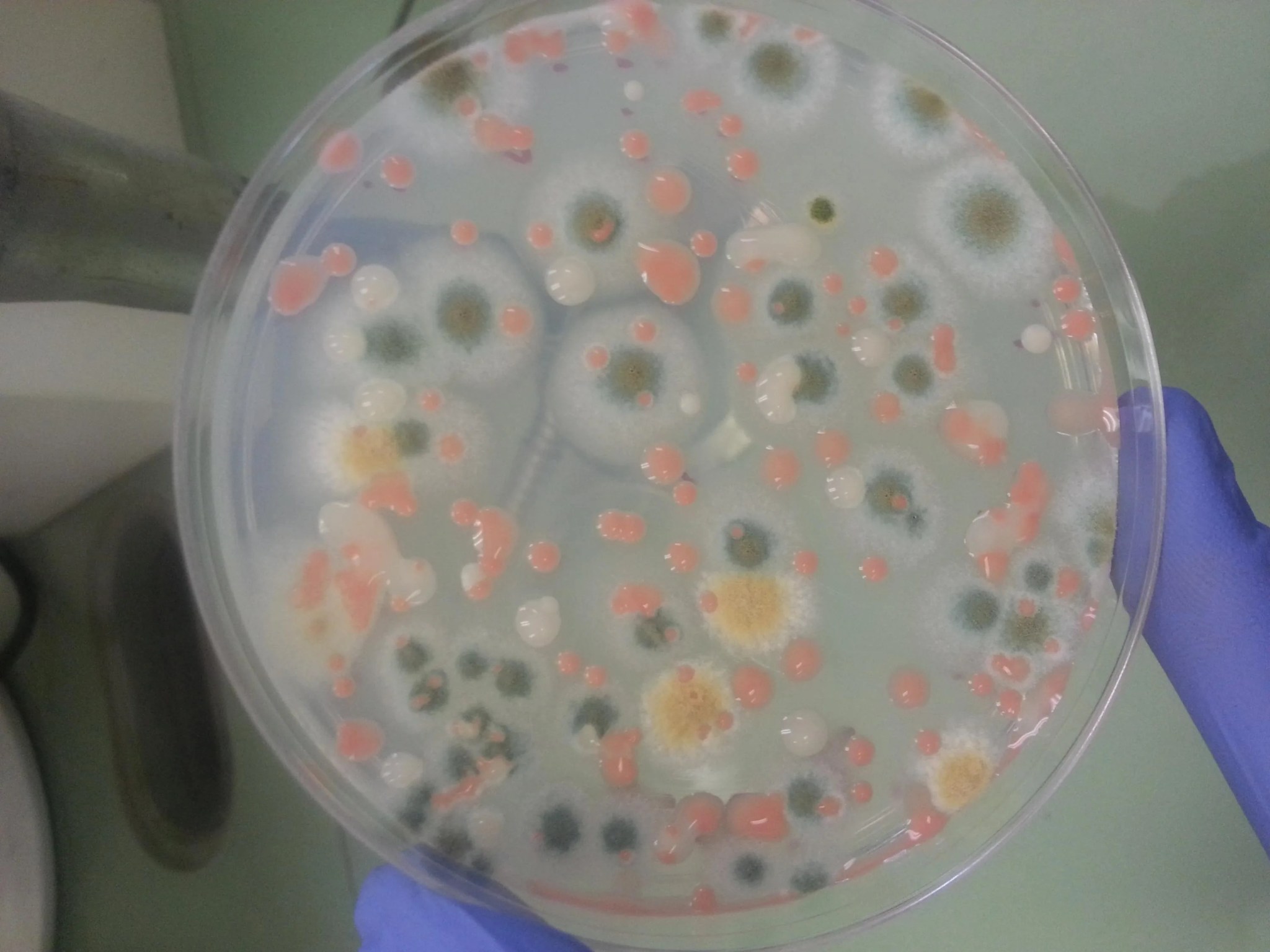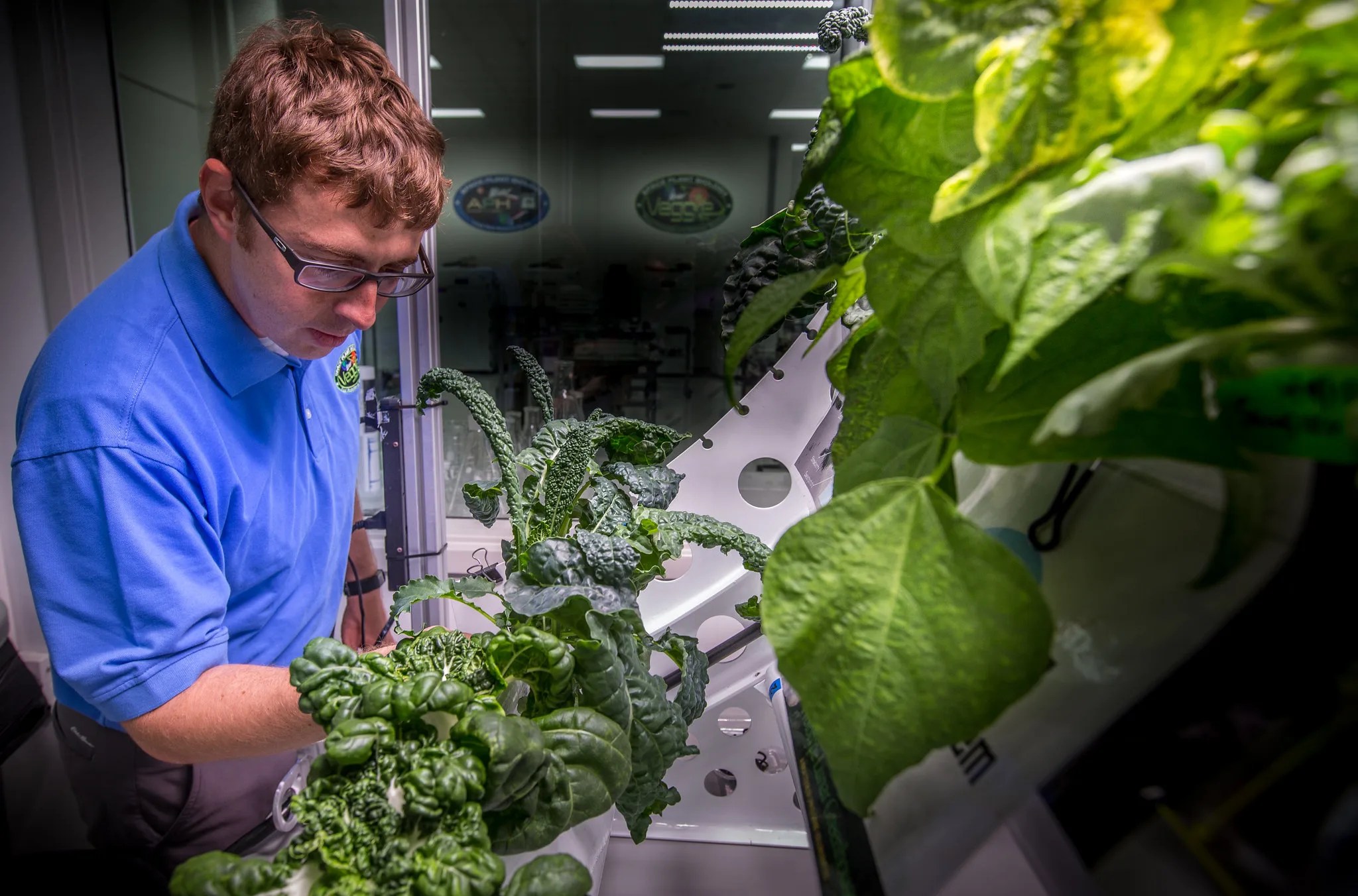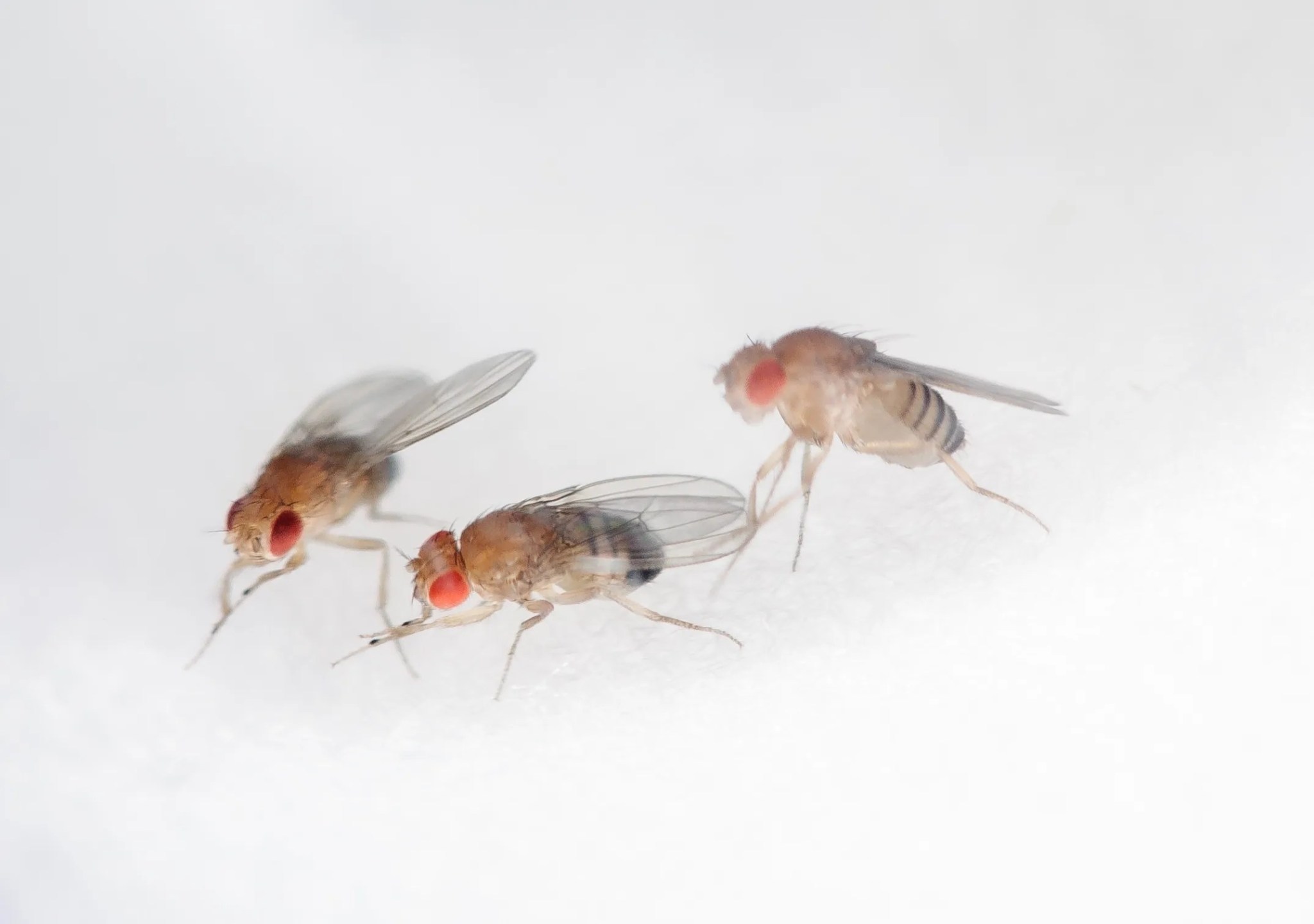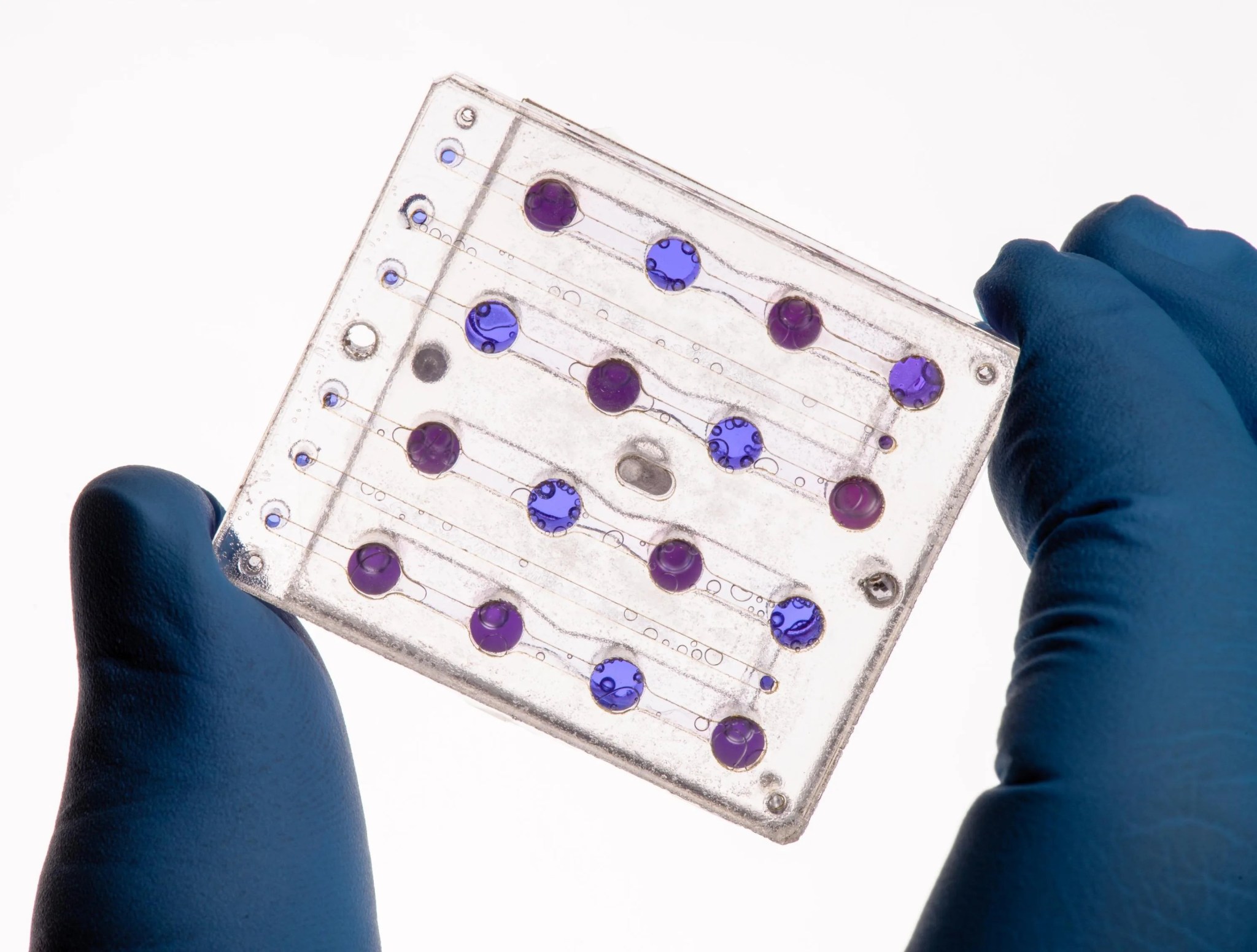Life Science Flight Projects
Recent Life Science Flight Projects
NCATS: Tissue Chips in Space
NCATS has partnered with the International Space Station U.S. National Laboratory (ISS National Lab), to collaborate on refining tissue chip technology for biomedical research use on the space station. Tissue chip technologies will enable studies of organs at the cell and tissue levels under reduced gravity, which will contribute to our understanding of spaceflight-related health issues as well as various health concerns on Earth, such as aging, and could reveal molecular targets to mitigate the associated detrimental effects.
Microbiology Experiments
Bacillus subtilis is an ideal model organism for spaceflight studies. It is well studied on the ground and its genome has been completely sequenced. It grows and reproduces rapidly, allowing researchers to grow thousands of generations – and view evolution in action – in just a few weeks. Because bacterial cells are so small, huge numbers of bacteria can be grown in small spaces, allowing researchers to design experiments with many replicates that can pick up even subtle differences between experimental treatments.
Growing Plants in Space
The Vegetable Production System, known as Veggie, is a space garden residing on the space station. Veggie’s purpose is to help NASA study plant growth in microgravity, while adding fresh food to the astronauts’ diet and enhancing happiness and well-being on the orbiting laboratory. The Veggie garden is about the size of a carry-on piece of luggage and typically holds six plants. Each plant grows in a “pillow” filled with a clay-based growth media and fertilizer. The pillows are important to help distribute water, nutrients and air in a healthy balance around the roots. Otherwise, the roots would either drown in water or be engulfed by air because of the way fluids in space tend to form bubbles.
In the absence of gravity, plants use other environmental factors, such as light, to orient and guide growth. A bank of light emitting diodes (LEDs) above the plants produces a spectrum of light suited for the plants’ growth. Since plants reflect a lot of green light and use more red and blue wavelengths, the Veggie chamber typically glows magenta pink.
Fruit Flies
The validation of the Techshot Multi-use Variable-gravity Platform aboard the International Space Station is an important step in developing new capabilities for life sciences research in the microgravity environment. The first validation flight tested modules for the model organism Drosophila melanogaster, a variety of modules for other model organisms are being developed for this platform, as well. Future studies using this versatile research platform will help scientists improve our understanding of a wide range of biological processes that affect human health both on Earth and in space.
Rodent Research
The Rodent Research Mission (RR-12) was flown aboard NG-11 April 2019 to the International Space Station (ISS). The RR-12 mission studied the immune system of mice in space by examining their bodies’ response to tetanus vaccinations. The immune system of mice closely parallels that of humans. The information gathered from RR-12 will be helpful in understanding how to maintain the health and well-being of astronauts during long duration spaceflights.
BioSentinel
The BioSentinel biosensor utilizes the budding yeast Saccharomyces cerevisiae to query the biological response to ambient deep space radiation, including the formation of double strand breaks (DSBs). DSBs are deleterious DNA lesions that are generated by exposure to highly energetic particles in the deep space radiation spectrum, and that are often repaired without errors by the cell. The biosensor contains two genetically engineered yeast strains: a wild type strain that serves as a control for yeast health and “normal” DNA damage repair, and a rad51 deletion strain, which is defective for DNA damage repair, and will therefore undergo alterations to growth and metabolism as it accumulates radiation damage. These changes will be detected by the biosensor payload.
ISS Research Facilities
At any given time on board the space station, a large array of different experiments are underway within a wide range of disciplines. This takes you to the Space Station Research Explorer where you can search the database of experiments to learn more about each experiment’s objectives, descriptions, results, and imagery, as well as find links to additional information beyond this database.
















